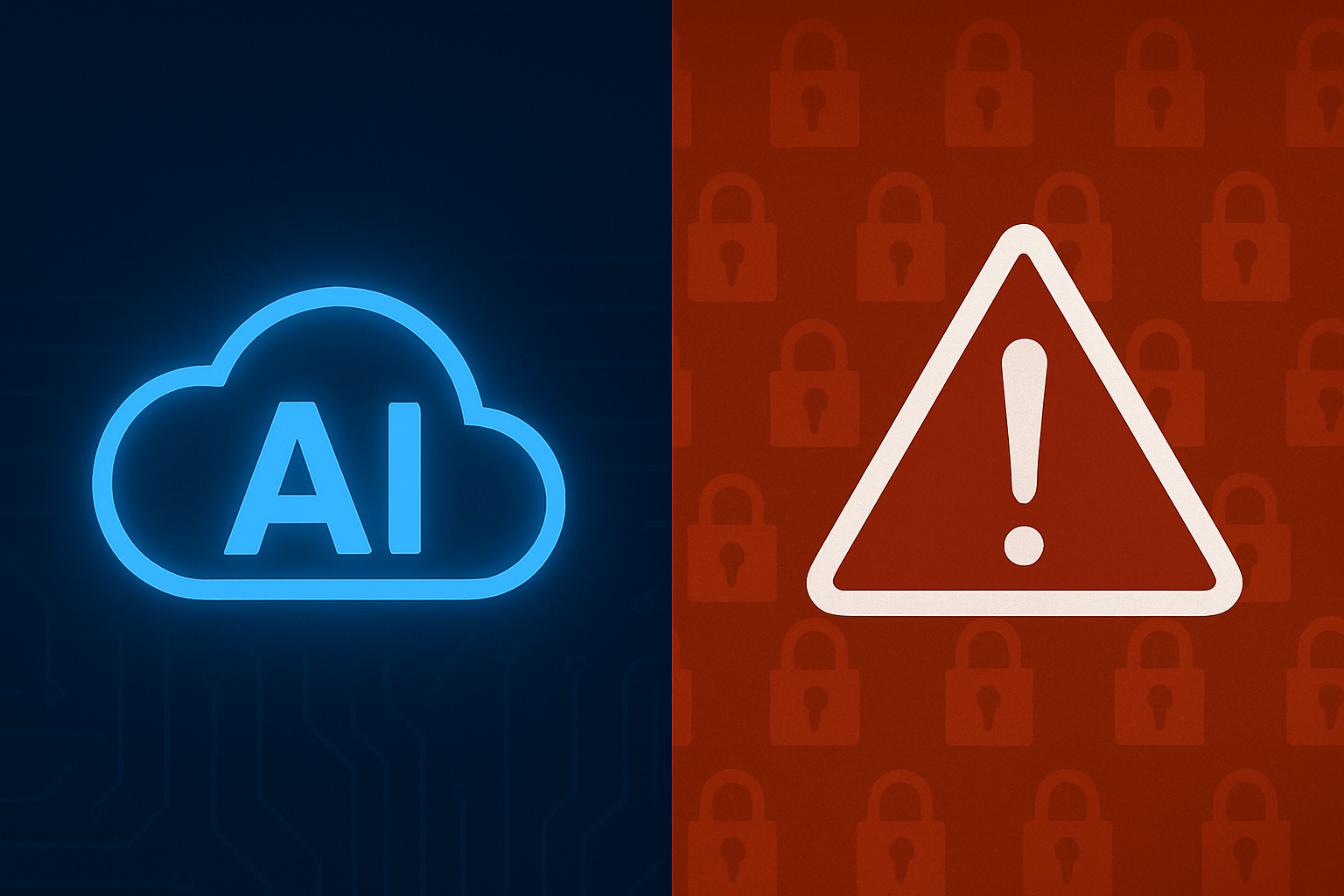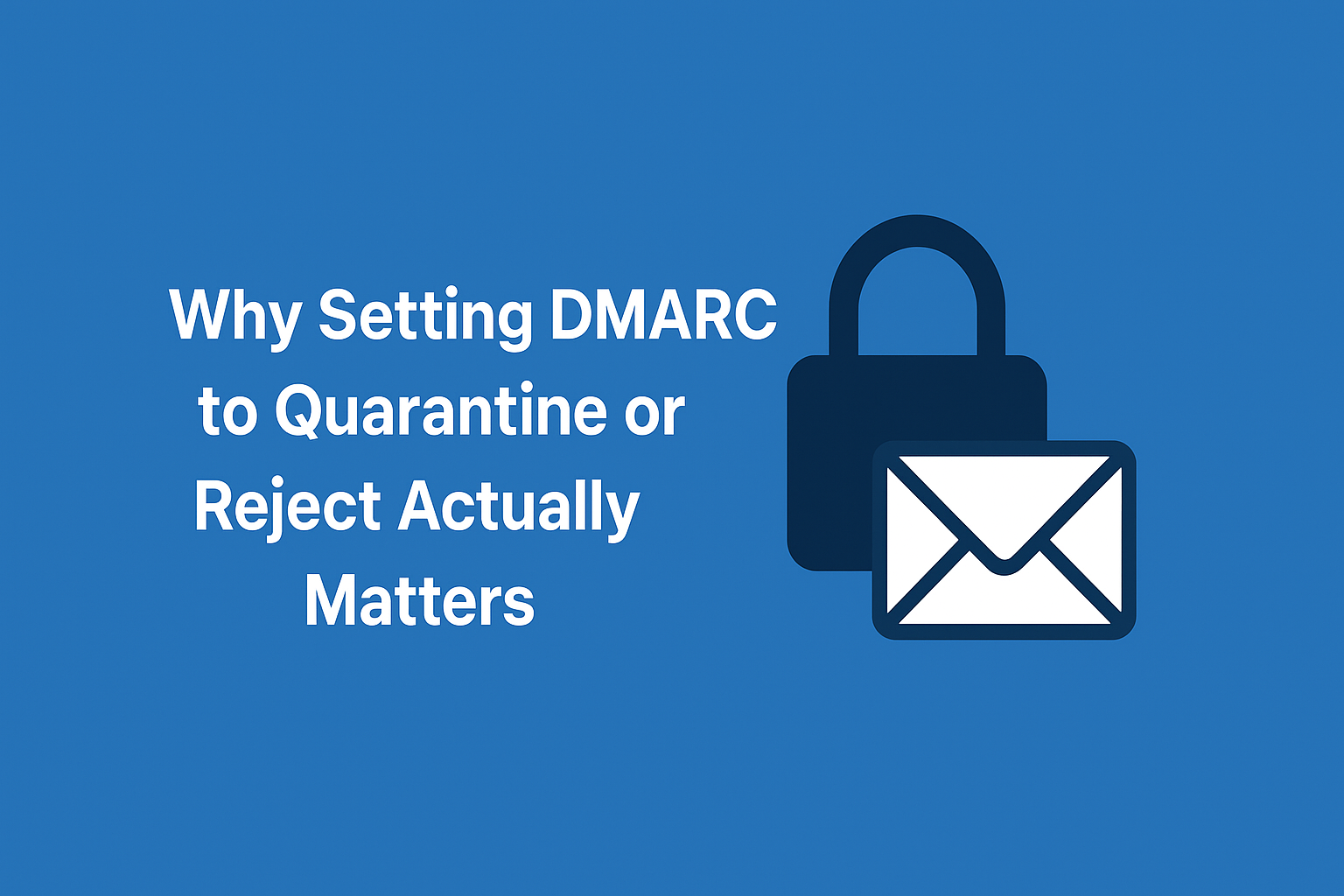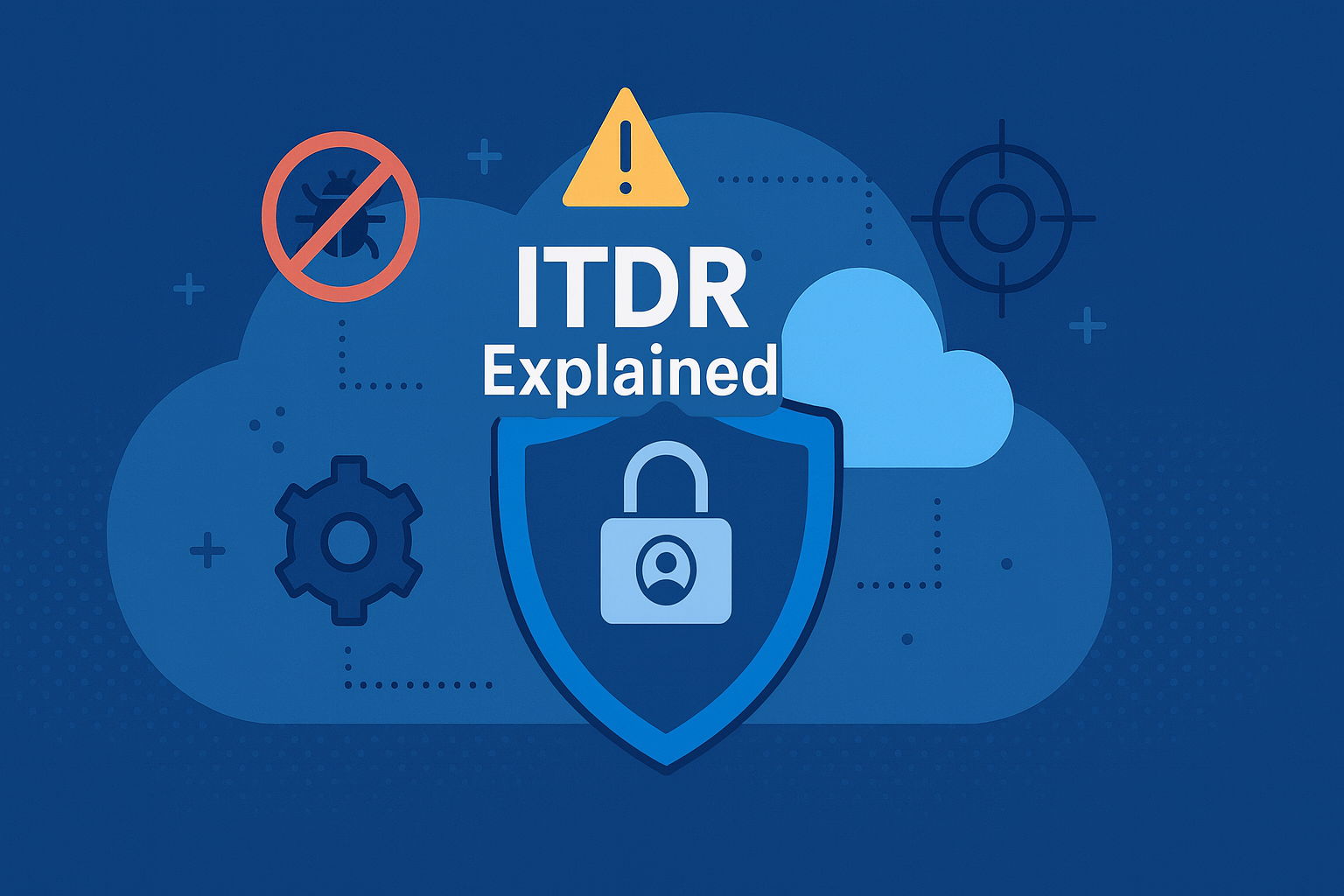ProxyLogon & ProxyShell: The Microsoft Exchange Vulnerabilities That Should Have Been Your Wake-Up Call
If your business still runs Microsoft Exchange Server on-premises, there's a good chance you've heard the terms ProxyLogon and ProxyShell. Maybe you've even been affected. If you haven't taken action yet, this article is your warning.
These two exploit chains have been responsible for massive breaches, ransomware infections, data theft, and operational shutdowns in organizations of all sizes, from small businesses to government entities and hospitals.
Let’s break down what they are, how they work, and what you need to do right now to avoid becoming the next victim.
🔍 What Is ProxyLogon?
Discovered in early 2021, ProxyLogon is a set of critical vulnerabilities in Microsoft Exchange Server (2013, 2016, and 2019) that allow attackers to:
- Bypass authentication (they don't need valid credentials)
- Execute commands on the server remotely
- Steal emails, drop malware, and move laterally through your network
The scariest part? This exploit chain required no user interaction and was being used by threat actors like Hafnium to breach thousands of organizations around the world.
Microsoft released emergency patches in March 2021, but many servers weren’t updated in time, and many still aren’t today.
🧨 What Is ProxyShell?
Just a few months later, in August 2021, the world was hit again, this time with ProxyShell.
ProxyShell is actually a chain of three separate Exchange vulnerabilities that, when combined, allow attackers to:
- Remotely access your Exchange server
- Bypass authentication
- Gain full control of your system
Like ProxyLogon, ProxyShell also requires no passwords, no logins, no user clicks. Once exploited, attackers can install ransomware, create backdoors, and exfiltrate sensitive data.
After ProxyShell was demonstrated publicly at a cybersecurity conference, mass exploitation began almost immediately, targeting businesses, municipalities, schools, and more.
💣 Real-World Impact
These vulnerabilities were not “theoretical risks.” They were actively exploited in the wild, and they still are on unpatched systems.
Victims included:
- Hospitals whose email systems went down during active patient care
- Cities that had 911 dispatch and police systems disabled by ransomware
- Law firms and CPA offices whose confidential data was stolen or encrypted
- Small businesses that were shut down for weeks, if they survived at all
If your organization handles email, customer data, health records, financial info, or critical infrastructure, you cannot afford to ignore this.
🛑 Why You’re Still at Risk
If you're running Exchange 2013, 2016, or 2019, and you haven’t patched for these vulnerabilities, or worse, you're running Exchange past its End of Life (EOL), you're WIDE open and it is just a matter of time.
Even if you've patched, if you’ve never checked for web shells or backdoors left behind, attackers could still have access to your environment.
🧩 Are You Getting the Gist?
Every business needs to take cybersecurity seriously, NOW.
Whether you're a city government, school, hospital, insurance firm, manufacturing plant, CPA firm, law office, healthcare provider, construction company, retail chain, nonprofit, or financial institution, this applies to you.
If your business uses email, stores sensitive data, or simply wants to stay in business, cybersecurity is not optional.
The clock is ticking.
The longer you wait, the higher the risk, and the fewer options you’ll have when something goes wrong.
✅ What You Should Do Now
Here’s your action plan:
1. Patch Immediately
If you're still on an affected version of Exchange and haven’t installed the updates from 2021, do that NOW.
2. Scan for Compromise
Use Microsoft’s Exchange Health Checker or third-party tools to check for signs of past or active breaches.
3. Upgrade or Migrate
- Move to Exchange Online (Microsoft 365) for ongoing security and simplicity.
- Or, if you must stay on-prem, prepare for Exchange Server Subscription Edition (SE), Microsoft’s modern, supported version released in 2025.
4. Harden and Monitor
- Lock down remote access
- Enable our multi-factor authentication (MFA) solution
- Implement our advanced threat detection (EDR/SOC)
- Schedule penetration testing with us to validate your defenses
🧠 Final Thoughts
ProxyLogon and ProxyShell were wake-up calls. Unfortunately, many organizations hit snooze, and they’re still running outdated, exposed Exchange servers today.
Cybercriminals are counting on inaction. Don’t give them the upper hand.
If you're unsure about your exposure, or need help patching, upgrading, or migrating, we’re here to help. We assist organizations across all industries with securing their environments and building cyber resilience.
Don't wait for the next exploit. Take action today. Click the link below to take our vulnerability risk assessment.






